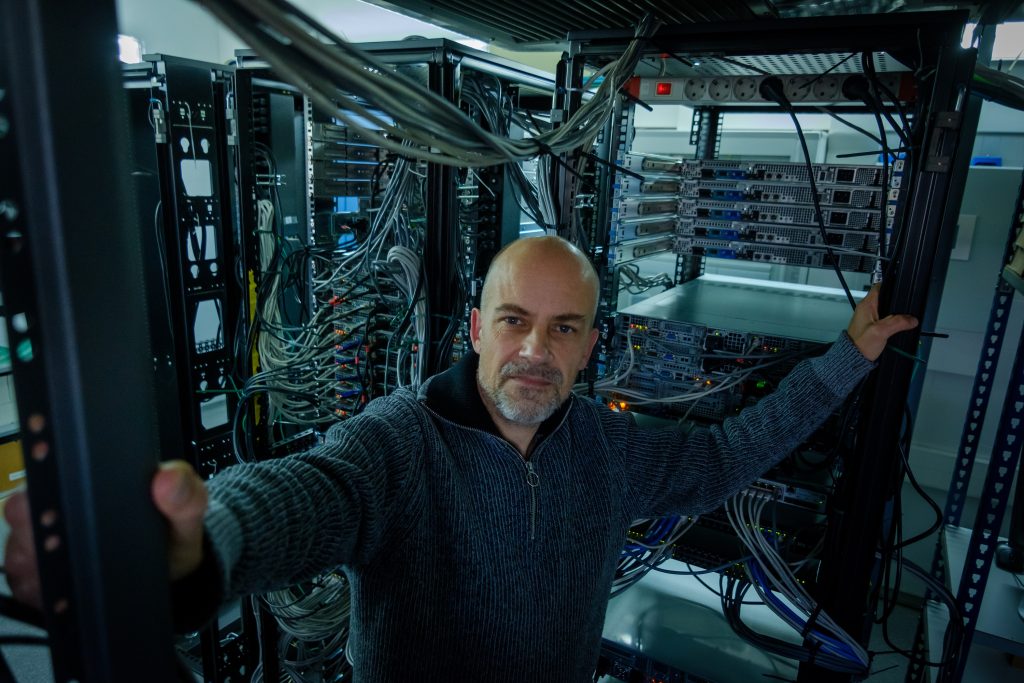02/02/2022
URV researcher Coen de Graaf is awarded two projects to work with the fastest supercomputers in the world
For two years he will be able to carry out with this technoloty as part of his research on new organic photovoltaic materials

For two years he will be able to carry out with this technoloty as part of his research on new organic photovoltaic materials
To work with the fastest open science supercomputer in the world and the most powerful in Europe. This is the twofold ambition that has just come true for Coen de Graaf, ICREA researcher at the URV, thanks to two international projects that will allow him to make progress in his research on new organic photovoltaic materials. The INCITE project will give him access to the Summit, a supercomputer at the Oak Ridge Leadership Computing Center in the United States. The Research Group in Quantum Chemistry of the URV’s Department of Physical and Inorganic Chemistry is the first in Spain to lead a project that involves working with this computer. The second project, PRACE, gives him access to the Juwels-Booster Supercomputing Center in Germany, recognized as the most powerful supercomputing system in Europe and the eighth in the world.
The research team led by De Graaf will be able to work with the U.S. Summit for a total of 1,080,000 computing hours and with the Juwels-Booster for 245,000 hours. All this time will be spent on advancing computational research into new organic photovoltaic materials as an alternative to traditional silicon-based cells. “The advantage of these new materials is that they are more flexible, lighter and cheaper to manufacture. For this reason they are a good alternative in situations in which traditional panels are not appropriate,” he explains.
So far, organic cells have not proved to perform better than traditional ones, but various scientific disciplines are involved in research in an attempt to improve them. “Our research is theoretical and we are calculating the electronic structure of the molecules that absorb sunlight and convert the energy into positive and negative currents, which are the basis for generating electric currents,” says De Graaf. The research team’s goal is to understand this process in detail and determine how the molecules currently in use can be modified to improve performance.
Detailed calculations on the electronic structure of these materials will serve as a guide to establish rules for designing more efficient materials. The aim is to make organic photovoltaics an attractive alternative to traditional solar cells and help convert an even larger portion of the sun’s radiation into electricity.
In addition to the URV, the international team participating in these two projects includes researchers from the Theoretical Chemistry Group of the University of Groningen (Netherlands), the National Center for Computational Sciences of the Oak Ridge National Laboratory (USA) and the Department of Materials Science and Physical Chemistry of the University of Barcelona.
